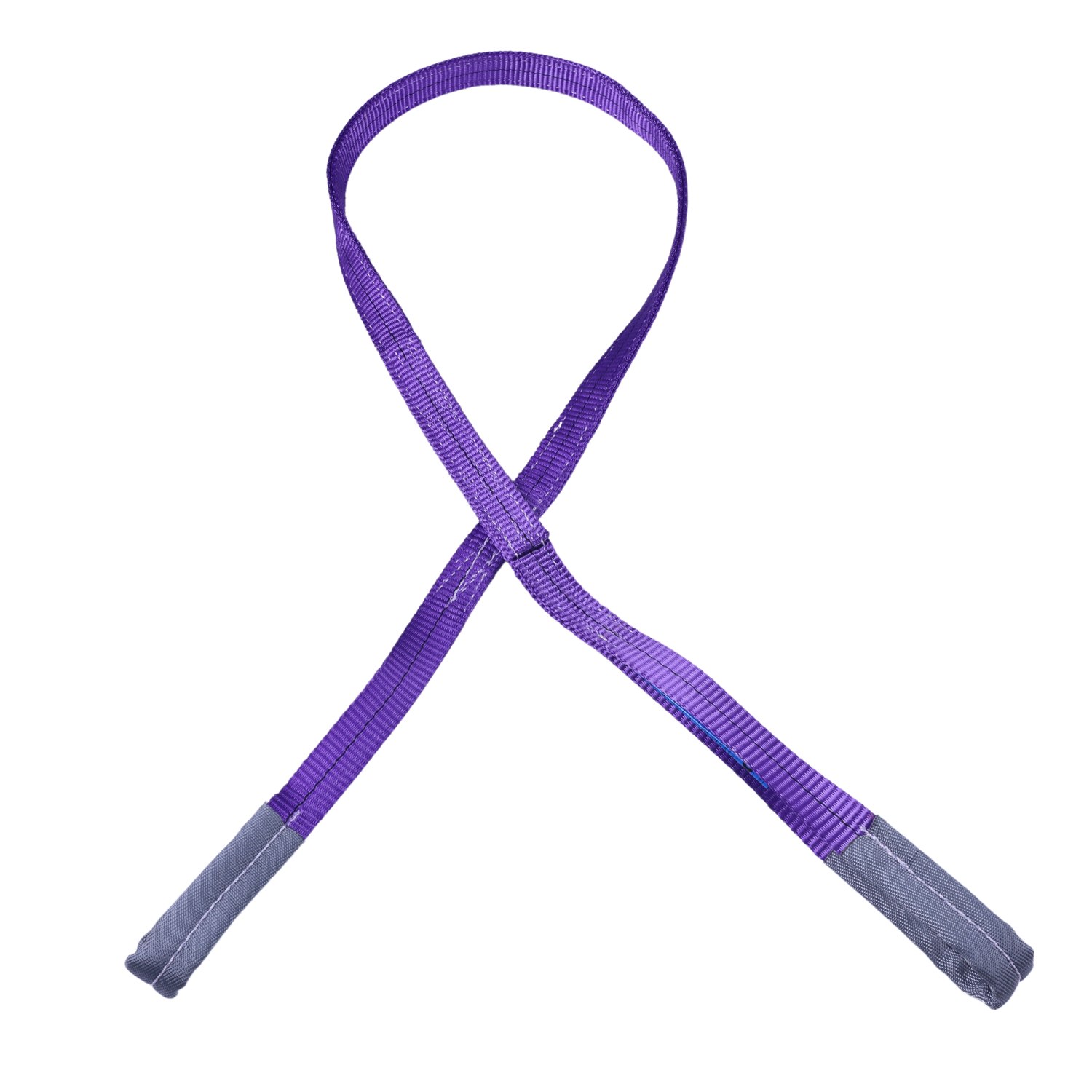Sl are an essential component in various lifting across industries. They provide stability, support, and safety when handling heavy loads. When it comes to slings, there are three main types commonly used: chain slings, wire rope slings, and webbingings. Let's take a closer look at each type and their distinct characteristics.

1. Chain Slings:
Chain slings are made up of a series of interconnected steel chains. They offer exceptional strength, durability, and resistance to high temperatures and corrosive environments. The links in a chain sling are typically graded to indicate their load-bearing capacity. Chain slings are often preferred for heavy-duty lifting applications, such as in construction, shipbuilding, and steel fabrication. They are renowned for their ability to withstand rugged conditions and lifting extremely heavy loads.
2. Wire Rope Slings:
Wire rope slings consist of strands of steel wire twisted together to form a robust lifting device. They are known for their flexibility, resistance to abrasion and cutting, and excellent load-bearing capacity. Wire rope slings are available in various configurations, including single-leg, double-leg, and multi-leg slings. They are commonly used in industries such as manufacturing, oil and gas, and transportation. Wire rope slings are highly adaptable and can be used in both vertical and basket hitch lifting configurations.
3. Webbing Slings:
Webbing slings are made from woven polyester or nylon fabric, creating a flat lifting belt with reinforced loops at each end. They are lightweight, flexible, and easy to handle. Webbing slings are color-coded based on their load capacity, making it easy to identify their lifting capacities at a glance. They offer excellent resistance to chemicals, UV rays, and moisture, making them suitable for indoor and outdoor lifting operations. Webbing slings find applications in industries such as warehousing, logistics, and material handling.
In conclusion, the three main types of slings used in lifting operations are chain slings, wire rope slings, and webbing slings. While chain slings offer exceptional strength and durability, wire rope slings provide flexibility and resistance to abrasion. Webbing slings, on the other hand, are lightweight and versatile. Each type has its own advantages and is designed to meet different lifting requirements. Choosing the right type of sling depends on factors such as load weight, environment, and lifting configuration. It is important to consult with reputable webbing sling manufacturers and experts to ensure the proper selection and safe use of lifting slings in any given application.